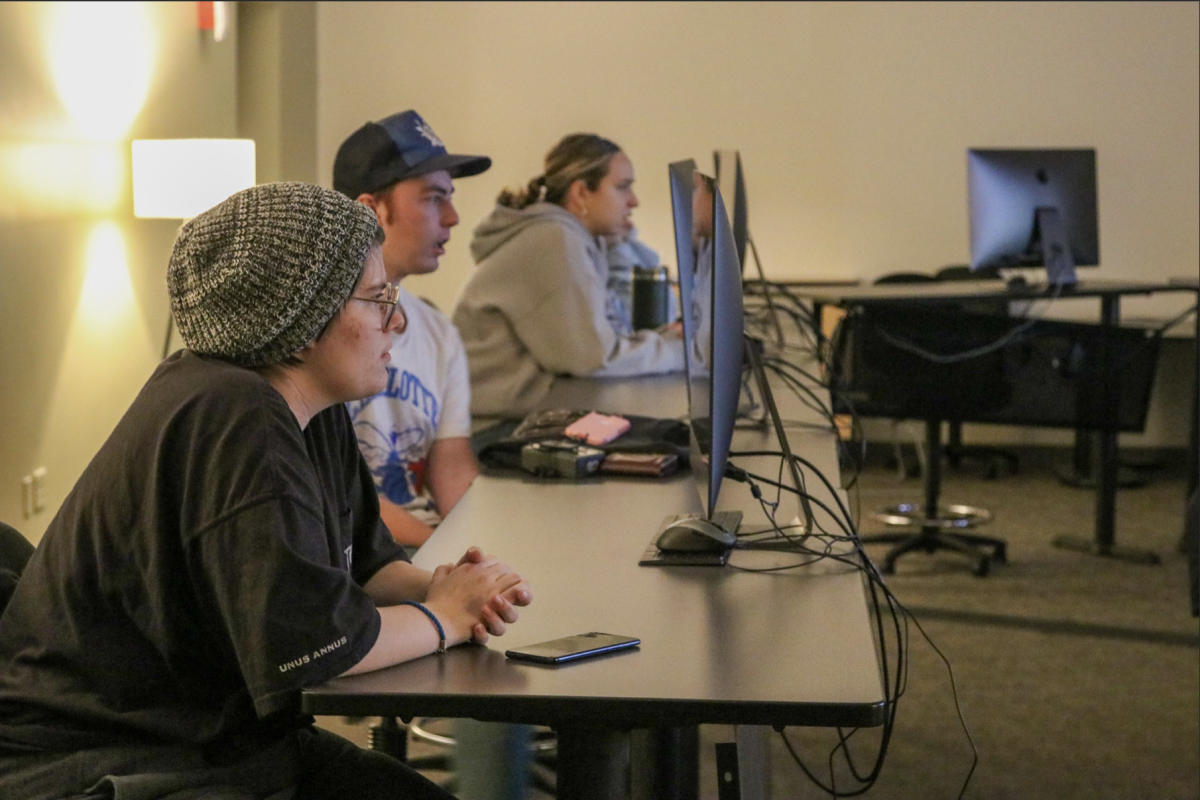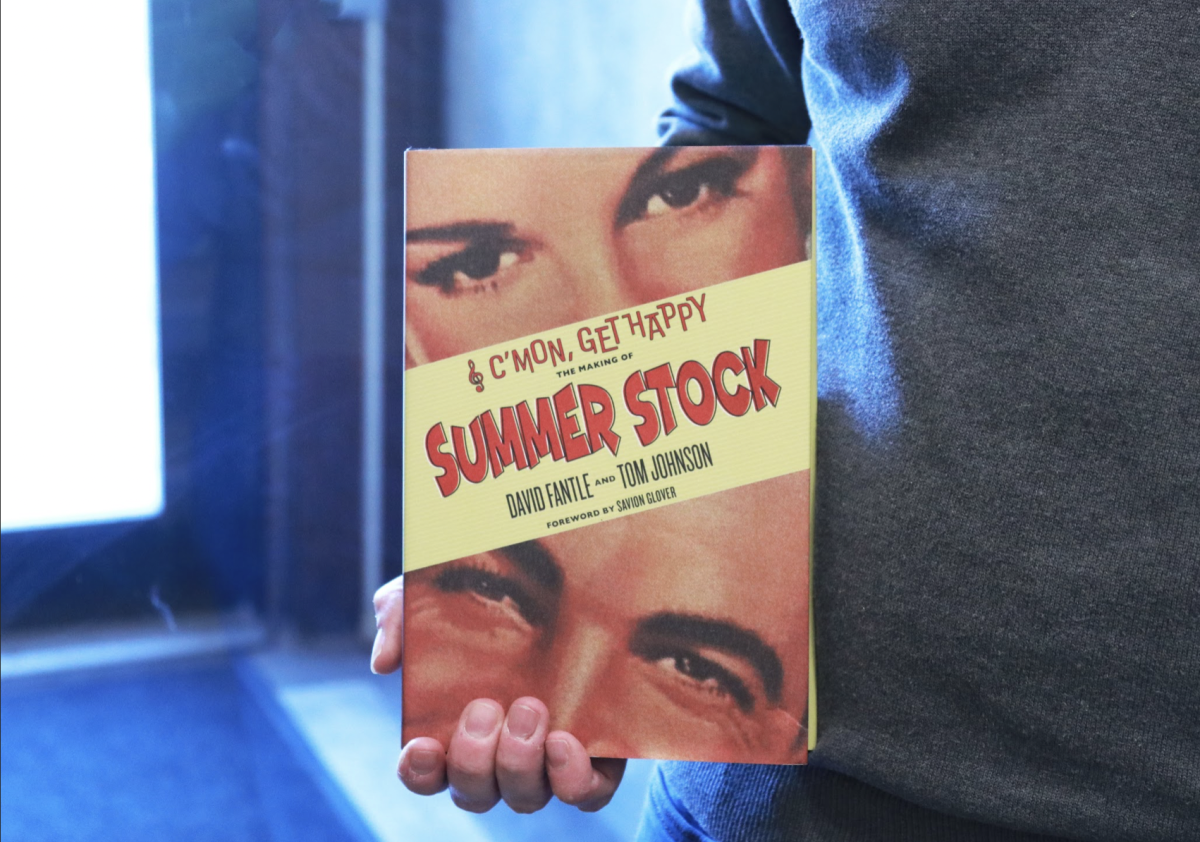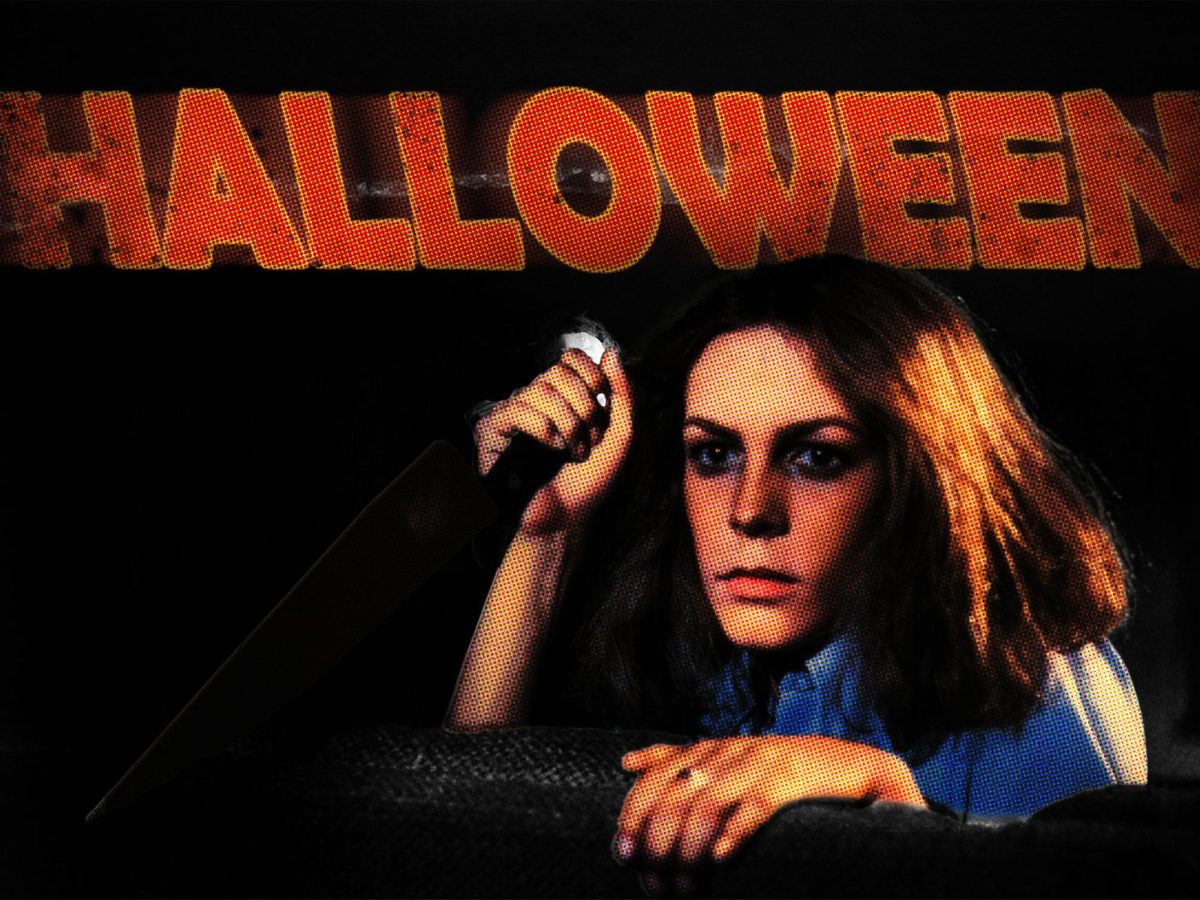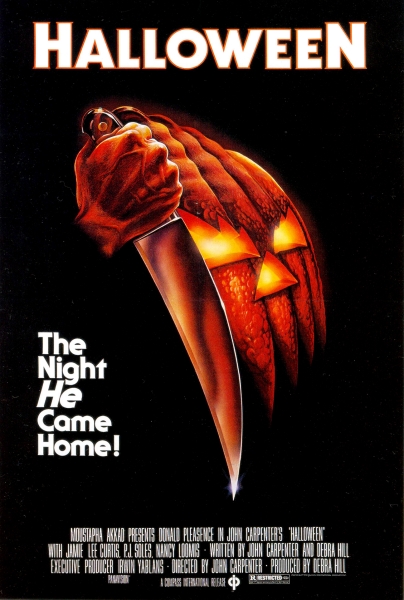The Conjuring Universe is a well-known horror film franchise, even by those who haven’t seen the movies. The universe within these movies is fascinating as it is based on the real-life stories of demonologists Ed and Lorraine Warren, and some of the very real events they’ve lived through.
“The Nun” and “The Nun II”, prequels to “The Conjuring,” directed by Michael Chaves, tell the story of Valak, a demonic entity, Sister Irene (Taissa Farmiga) and Maurice (Jonas Bloquet).
Released last week, “The Nun II” opens with a perceptive scene, a bowl of boiling holy water, telling the audience that evil is present; one of the most insightful moments in the film.
Valak is an important character in the Conjuring universe, returning in multiple films, sometimes as a main antagonist, other times as an overarching antagonist. It’s interesting that even though Valak isn’t present in every film, the Universe behind these films leaves enough room to infer that Valak is around and will return. The detailed timeline between every film is one of the most thought-out connections in modern horror today.
Set in 1956 in a boarding school in France, the sequel describes Sister Irene and Sister Debora’s (Storm Reid) investigation of a series of gruesome murders within Catholic churches across Europe, as a result of Valak’s return. Sister Irene’s character arc is descriptive, but still leaves questions unanswered throughout both films. The mysterious aspect behind these murders adds an overarching question to the film, keeping the audience eager to find out what is causing these murders, and what they must do to stop them.
Taissa Farmiga is Ingenious, her fear throughout the film is contagious. Farmiga’s work in “American Horror Story” and “The Nun” has made her one of my favorite actresses within the modern horror genre. Her screams and facial expressions throughout the film tell me she is made for horror.
Saint Lucy, although more of a theme rather than a character, was an intriguing aspect pertaining to the history within the film. Inside the film’s universe, a group of Pagans tried burning Lucy at the stake only to discover that she cannot burn. They then gauged her eyes out, and she became the Saint of the blind. Her eyes were hidden in the boarding school for many years, and Valak is determined to find them. The use of foreshadowing in this scene makes for an interesting secondary plot and storyline that adds to the ever so intricate connections between the films within the Conjuring universe.
In an attempt to kill Sister Irene, Valak tries to set her on fire, but when Sister Irene doesn’t burn it is revealed that she too is a descendant of Saint Lucy, a full circle moment that adds substance and history to Farmiga’s character. Amongst the visions Sister Irene saw while Valak set her on fire, the face of Lorraine Warren, from the Conjuring universe movies appears, suggesting that she’s also a descendant of Saint Lucy and possibly a distant relative of Sister Irene.
For a film that uses evident religious themes, Chaves plays with the idea of religion and horror being intertwined with one another, presenting the demonic side of Catholicism in a distinctive way. The film ends with the Sisters turning wine into blood, which also insinuates the idea of everlasting faith despite the dichotomy of good and evil being present within the Catholic church.
The film in itself was successful in producing an eerie, but intriguing feeling with thoughtful scares throughout the film. The camera work and attention to detail deem to be effective in producing a feeling of suspense that hung over me the entirety of the film. The Conjuring universe is so intricate, there is surely room for more films, as every release is hidden with foreshadowing and plausible easter eggs pointing to Valak’s return. I found myself wanting more towards the end of the film but was pleasantly surprised that there was a clue after the credits insinuating that the films within the universe do not end here.
This story was written by Sofía Cortés. She can be reached at sofia.cortes@marquette.edu.










